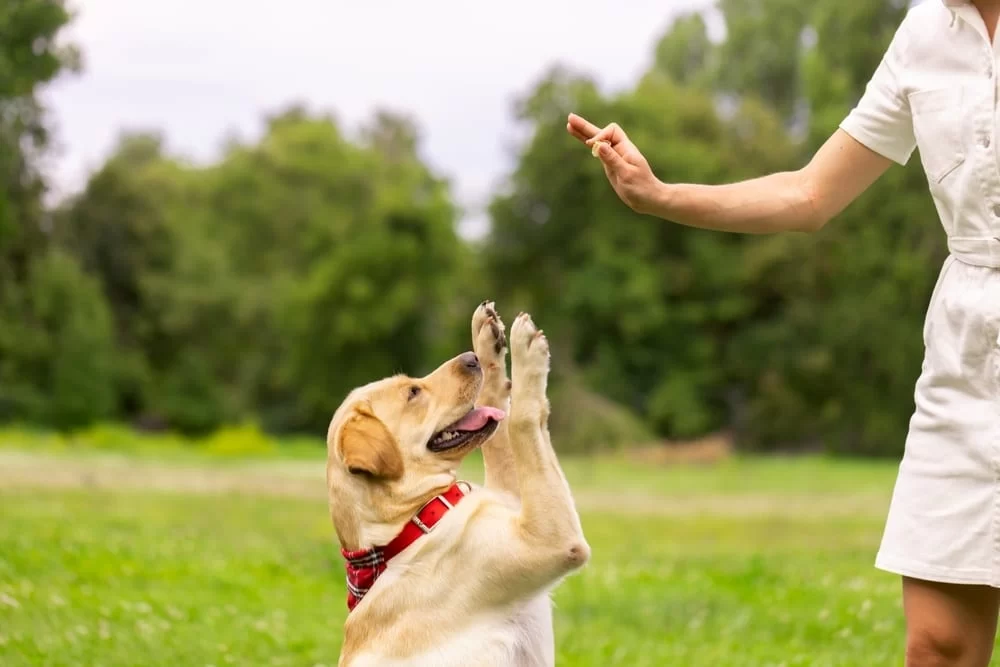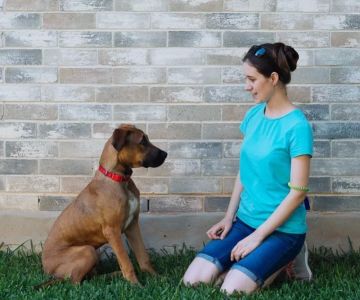How to Teach Your Dog to Heel: A Step-by-Step Guide for Effective Dog Training
- Why Heel Command Is Important
- Preparing for Training
- Step-by-Step Guide to Teaching the Heel Command
- Common Challenges and Solutions
- Why You Should Choose Hidden Brook Veterinary for Dog Training
1. Why Heel Command Is Important
Teaching your dog to heel is one of the most essential skills for ensuring a strong bond between you and your dog, as well as enhancing their safety. A dog that can heel is more manageable during walks, reducing distractions and promoting good behavior. The heel command helps create a controlled environment and teaches your dog to stay by your side, even in busy or distracting settings.
2. Preparing for Training
Before starting the heel training process, there are a few things you need to prepare. Firstly, make sure you have a proper leash and collar, preferably a standard flat collar or a harness. Avoid using choke chains or prong collars as they may cause discomfort or harm to your dog. Additionally, ensure that you are in a quiet, distraction-free area to begin with, so your dog can focus on the training.
3. Step-by-Step Guide to Teaching the Heel Command
Teaching the heel command involves patience, consistency, and positive reinforcement. Follow these steps for successful training:

1008 W Hazelwood Dr, Urbana, IL 61802, USA
See DetailsStep 1: Start with the Basics
Begin by getting your dog's attention and having them sit beside you. Use treats or their favorite toy to motivate them. Give the "heel" command and start walking slowly, encouraging your dog to walk alongside you. Reward them immediately when they stay by your side, reinforcing the positive behavior.
Step 2: Use Leash Guidance
As you walk, use gentle pressure on the leash to guide your dog into position if needed. If they start pulling ahead or lagging behind, gently guide them back to your side. Consistency is key, so repeat this process regularly during walks.
Step 3: Practice in Different Environments
Once your dog has mastered the heel command in a calm environment, gradually increase the level of difficulty by practicing in busier areas with more distractions. This helps your dog learn to focus on you despite the surroundings. Start with parks and then progress to more challenging areas like city streets or crowded places.
Step 4: Reinforce Positive Behavior
During training, always reward your dog for walking by your side and following the heel command. This can be with treats, praise, or their favorite toy. The more you reinforce positive behavior, the more your dog will associate the heel command with a rewarding experience.
4. Common Challenges and Solutions
While teaching your dog to heel, you may face some common challenges. Here are a few tips to overcome them:
Challenge 1: Pulling on the Leash
If your dog pulls on the leash despite your efforts, try stopping and waiting for them to come back to your side before continuing. This teaches your dog that pulling doesn't get them anywhere.
Challenge 2: Getting Distracted
If your dog gets distracted by other people, dogs, or interesting smells, it’s important to be patient and consistent. You can gradually introduce distractions during training to help your dog learn to stay focused on you.
Challenge 3: Lack of Motivation
If your dog isn’t responding to rewards, try varying the type of reward. Some dogs may respond better to praise, while others may prefer treats or toys. Find what motivates your dog the most.











